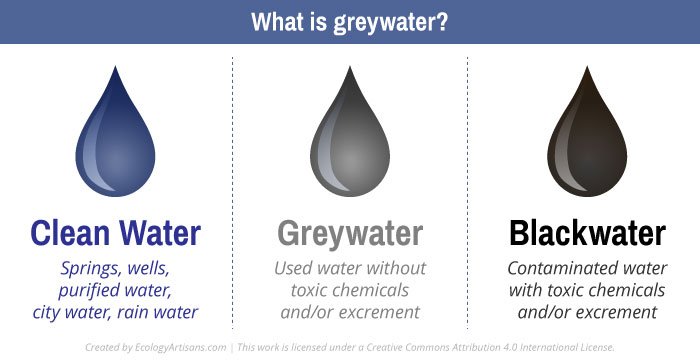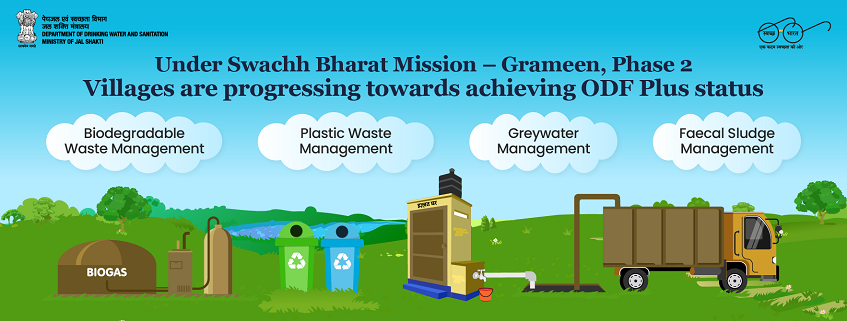Rural areas often rely on village ponds for irrigation and groundwater recharge. However, these vital resources are increasingly threatened by untreated greywater – wastewater from kitchens, bathrooms, and laundry.

The problem lies in poorly designed drainage systems. Often, these channels aren’t deep enough to handle both stormwater and wastewater, leading to waterlogging and insect problems. Solid waste blockages further exacerbate the issue.

Unchecked, this contaminated water flows directly into ponds. While the Swachh Bharat Mission reports a high number of villages achieving “Open Defecation Free Plus” status, a recent study by the Centre for Science and Environment (CSE) paints a different picture. Their findings in Raebareli, Uttar Pradesh, revealed poorly maintained soak pits, leaving greywater untreated.
This isn’t an isolated case. Puducherry faces similar challenges, with wastewater contaminating and destroying centuries-old ponds.
Legislative gaps further complicate matters. While some states like Uttar Pradesh have laws to protect water bodies from sewage, they lack specific greywater management plans.

The CSE recommends tackling the issue at the household level. Properly designed soak pits, considering family size and soil type, can effectively manage smaller greywater volumes. However, it’s crucial to remember that soak pits are not designed for stormwater. Addressing rural greywater management requires a multi-pronged approach. Strengthening existing legislation, promoting household-level solutions, and raising awareness about proper wastewater disposal are all essential steps towards ensuring clean water security in rural India.
Reference- Down To Earth article, Centre for Science and Environment (CSE) study, Swachh Bharat Mission-Gramin dashboard,






